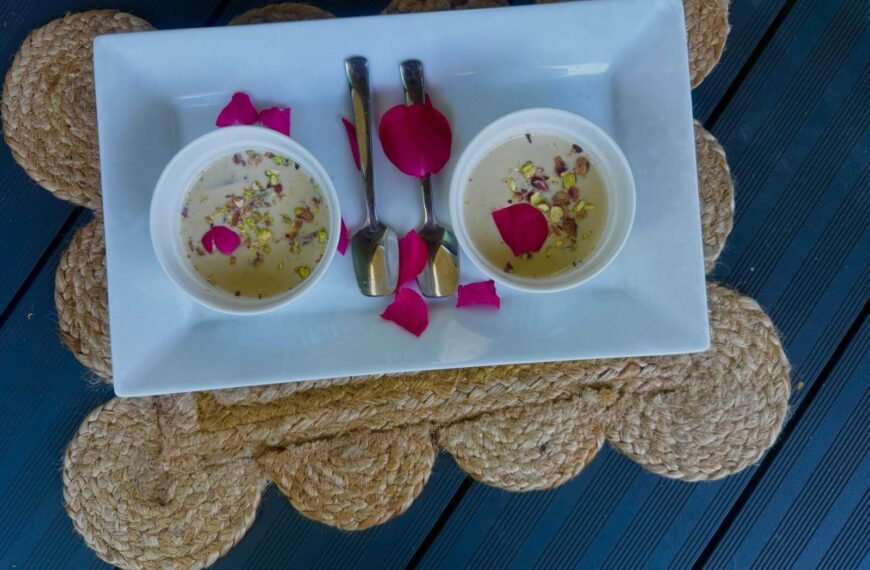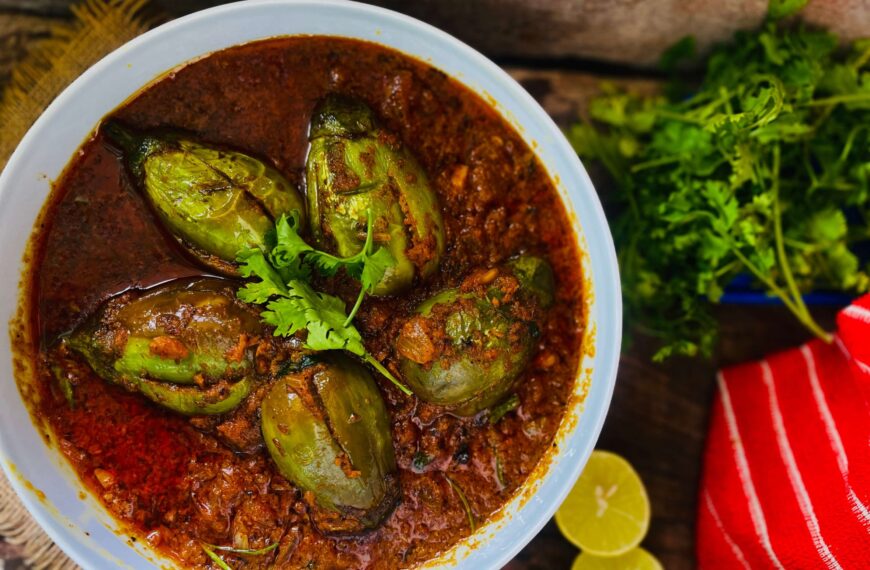Cauliflower jells very quickly with everything, vegetarian and non-vegetarian cuisines, says Ruchira – exclusively for Different Truths.

Cauliflower, or Phulkopi in Bangla, is the king of vegetables, reigning in full glory during winter. This trendy natural vegetable is known by various names in the country’s vernaculars —for instance, Phul-gobhi in Hindi, Pookosu in Tamil, and Hookosu in Kannada.
It is abundantly available countrywide and is pocket-friendly, suiting buyers from diverse social strata. Though owing to manipulations and gimmicks on the part of people involved – farmers to middlemen to wholesalers – the price of this item tends to soar sometimes.
So much for the physical attributes of Phulkopi, it may be termed a highly malleable subji.
So much for the physical attributes of Phulkopi, it may be termed a highly malleable subji. I imply that it jells very quickly and finely with everything… well, almost.
The die-hard shakaharis (vegetarians) may exert their monopoly over cauliflower. Still, I am tempted to stun them by revealing that we Bongs use Phulkopi in our perennial favourite, the good old macher jhol (aka fish cooked in thin gravy).
To prepare this curry, one needs solid pieces of big fish e. g., Rohu, Katla, and most importantly, Bhetki, to name a few. The procedure is simple: sauté medium-sized florets of Phulkopi along with crescent-shaped pieces of potatoes. When slightly golden brown, remove these from the flame and keep these aside. Now in the same wok/kadhai, add oil when it bubbles, cumin seeds and 2/3 green chillis broken into two. Add the already sauteed vegetables, add turmeric, cumin, and coriander powder. Stir fry a little. Add water and a pinch of salt. When the liquid begins to bubble, add the fried fish and salt as per taste. Boil further. Garnish with chopped coriander leaves.
… winter is synonymous with a humongous consumption of Phul–gobhi in myriad forms …
For the inhabitants of the country’s northern regions, winter is synonymous with a humongous consumption of Phul–gobhi in myriad forms ranging from scrumptious pakodas to mixed vegetable curries (peas, capsicum, carrots, and potatoes are also added) to luscious parathas drizzled with ghee! There is also the gobhi korma, an all-time favourite. Talking about cauliflower, a signature dish of Bengali gastronomy is Phulkopir dalna (with plenty of fresh green peas thrown in) would appear rather bland since the spices exclude ginger and garlic. The spices comprise green chillis, cumin, coriander powder, bay leaf, salt, turmeric, and cumin seeds. Lastly, garam masala is added. So, the result is an indeed aromatic though light dish.
Those fond of mustard paste gravy in various dishes can do so with phulkopi.
Those fond of shorshe bata (mustard paste) gravy in various dishes can do so with phulkopi. Sauté the florets in hot cooking oil. Add turmeric followed by mustard-in-water paste (of muddy consistency). Stir. Add salt, a pinch of paprika/red chilli powder and a little sugar to maintain a balance. You will relish it for sure.
I have a great weakness for what is commonly known as the Phulkopir roast. I have no idea where and how it originated, but I love the dish, particularly the overpowering distinctive odour of the onion-garlic combo. I am fortunate that my partner churns out this dish rather excellently, a fact endorsed by many others.
It would be grossly unfair if I should mention another cauliflower-based eatable, a veritable darling of the Bengali Babumoshai. Yes, I am talking about the Phulkopir shingara (samosa). The ingredients for this genre of samosa include tiny, diced potato pieces, peas, tiny phulkopi florets and, most importantly, dry roasted peanuts, which happen to be the star attraction of the samosa.
If done meticulously, these ingredients, in tandem with an elaborately prepared non-onion-garlic masala, emit a lovely odour that is bound to make you drool. Munch these Phulkopir shingara along with (bhande kore/kulhad wali) cha/chai, and you are bound to feel that paradise is near…

Picture design by Anumita Roy









 By
By